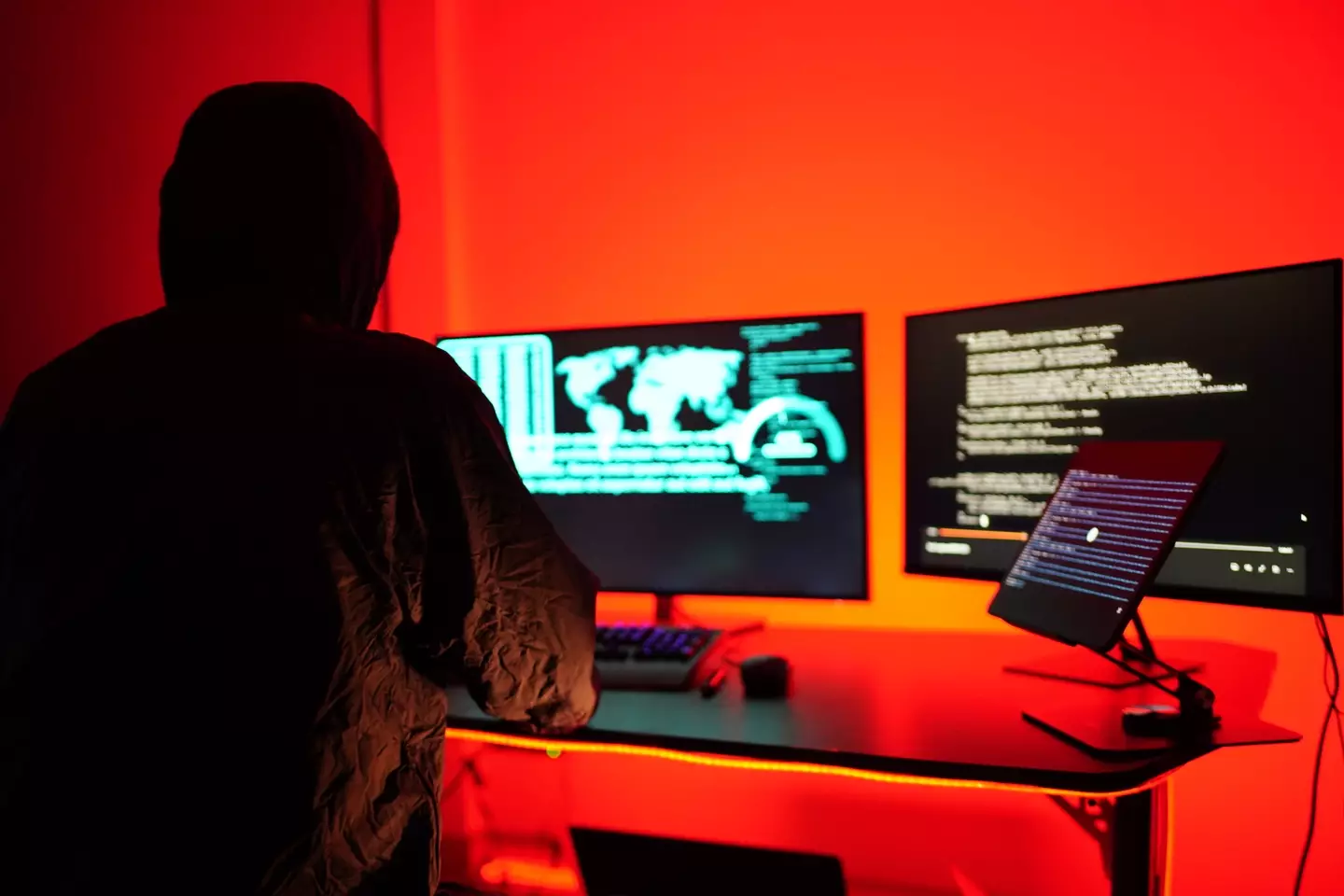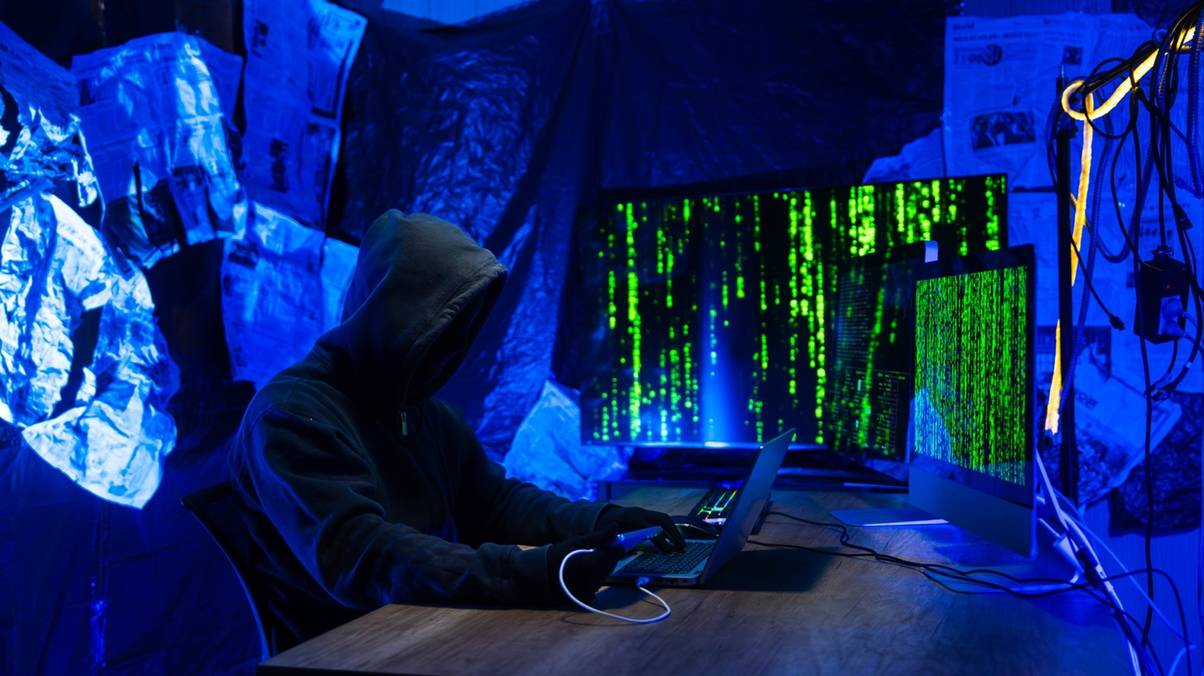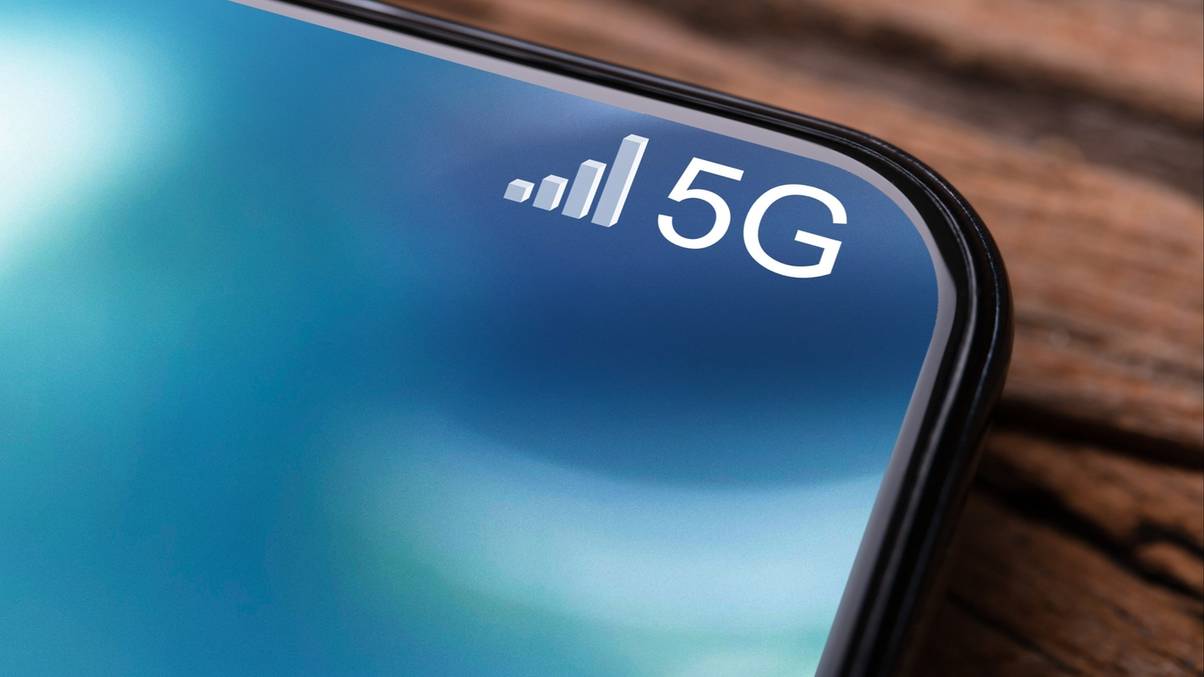Shocking Malware Hidden in Porn Sites Secretly Films You—Are You the Next Victim?
Ever get the sneaking suspicion that your laptop’s watching you a little too closely? Well, turns out, if you’re one to browse the ol’ internet’s spicier side, you might actually be right—cybercriminals have been upping their game with a sneaky piece of malware called Stealerium that doesn’t just steal your passwords, but also snaps pics of your screen and webcam. Yup, imagine your laptop turning into an unsolicited paparazzi while you’re innocently minding your own business. Creepy? Absolutely. Scarier still, this isn’t your run-of-the-mill cyber nuisance. The malware’s got a knack for zeroing in on adult content, grabbing your sensitive info, and threatening to turn your digital life into a public spectacle via blackmail or sextortion. Now, before you go slamming your laptop shut in paranoia, there are ways to shield yourself from this digital peeping tom—but first, let’s unravel just how this nightmare gets under your skin, and what it’s really after.
Porn users have been warned as a type of malware may be secretly filming them.
Yep, there’s apparently been an increase in cybercriminals using Stealerium which takes screenshots of your screen as well as taking images from your webcam.
It can even access your sensitive and private data like passwords or banking information. Then, any content captured or stolen may be used for blackmail and extortion by criminals – such as by ‘sextortionists’.
This malware can end up on your laptop via the likes of scam emails and if you click on a malicious link or open up an attached file.
Then once it’s on your device, it can quickly start scanning through and access your webcam. While researchers say the capturing of victims browsing porn isn’t particularly common, it’s very much still possible.

It may take screenshots while you access pornography (Getty Stock)
How does the malware get on your device?
Stealerium had been billed as downloadable for ‘educational purposes’ but ‘cybercriminal threat actors’ may adopt and modify the malware to make it more malicious.
Researchers at Proofpoint found various different messages that were sent for campaigns to get the malware out there. This included sending emails impersonated organisations like charitable foundations, banks and courts.
The messages then contain compressed JavaScript files that would install the malware ‘and performed network reconnaissance to gather Wi-Fi profiles and nearby networks’.
Stealerium is described as a ‘full-featured stealer’ that has the capabilities to ‘exfiltrate a large variety of data including browser cookies and credentials, credit card data (via web form scraping), session tokens from gaming services such as Steam, crypto wallet data, and various types of sensitive files’.

The content may be used for sextortion (Getty Stock Image)
How is the malware used for ‘sextortion’?
Researchers say as well as its data-stealing abilities, the malware has a feature solely focusing on data relating to pornography.
“It’s able to detect adult content-related open browser tabs and takes a desktop screenshot as well as a webcam image capture. This is likely later used for ‘sextortion’. While this feature is not novel among cybercrime malware, it is not often observed,” Proofpoint explain.
Once the content is detected, it takes both a desktop and webcam screenshot.
Although it’s noted that there aren’t many cases of ‘sextortion’ from malware, it may just be that people are embarrassed and don’t want to report it.
How to protect yourself from malware
Be extremely cautious with emails, and never click links or open attachments unless you’re absolutely certain they’re safe.
Also, type website addresses manually and verify suspicious messages.
Additional things you can do are physically covering your webcam when it’s not in use, keeping your system and antivirus software up to date, and regularly installing security patches.


















Post Comment